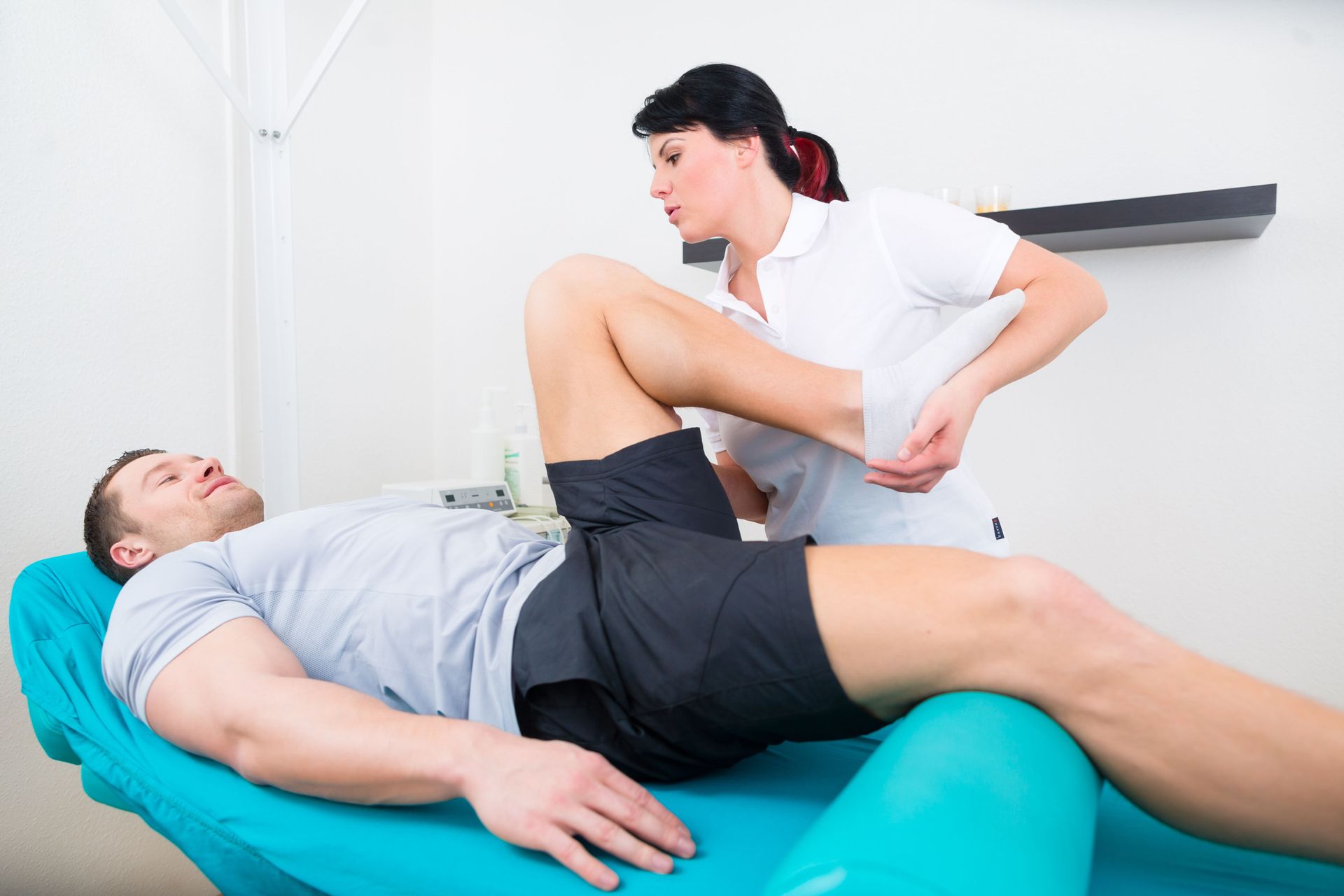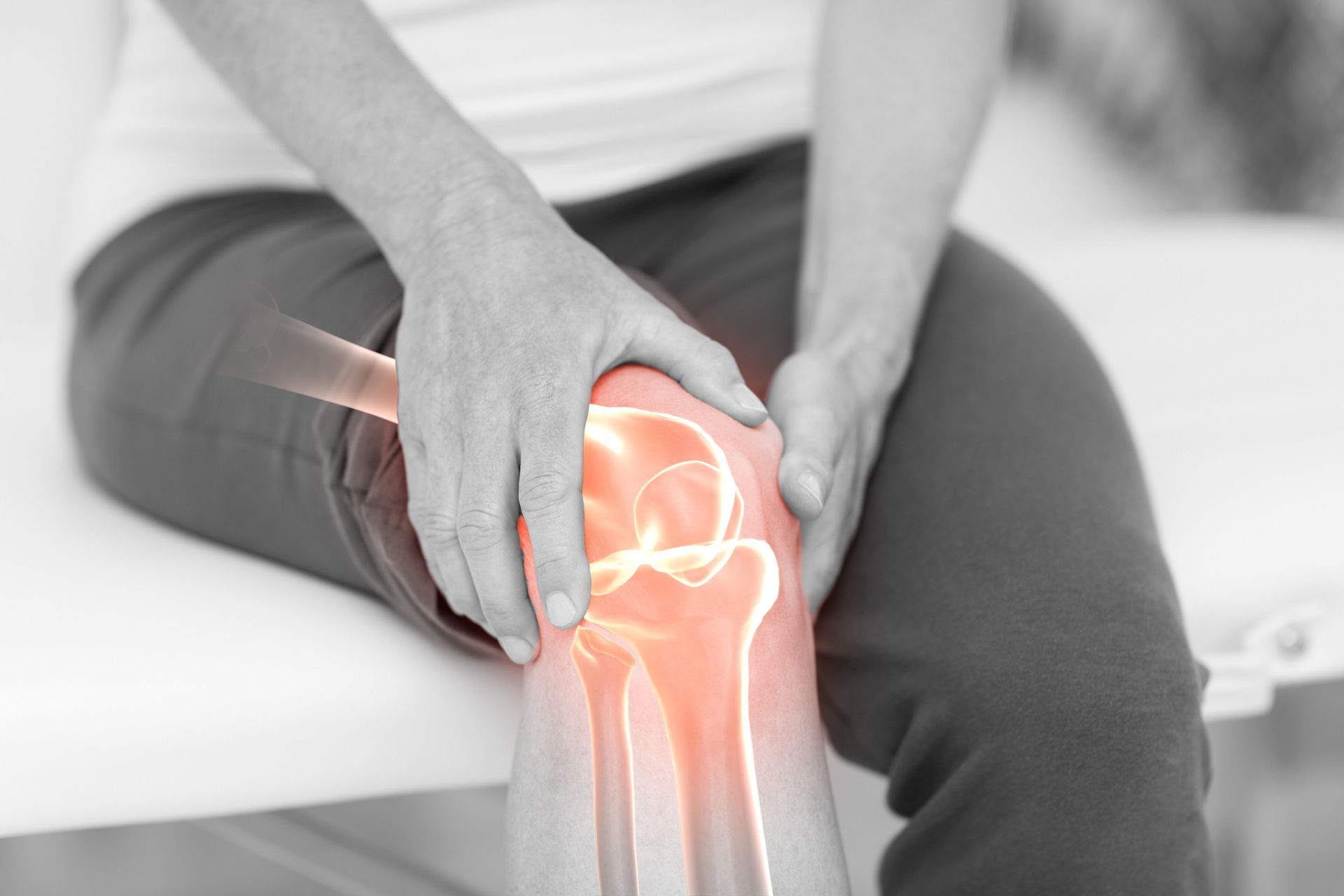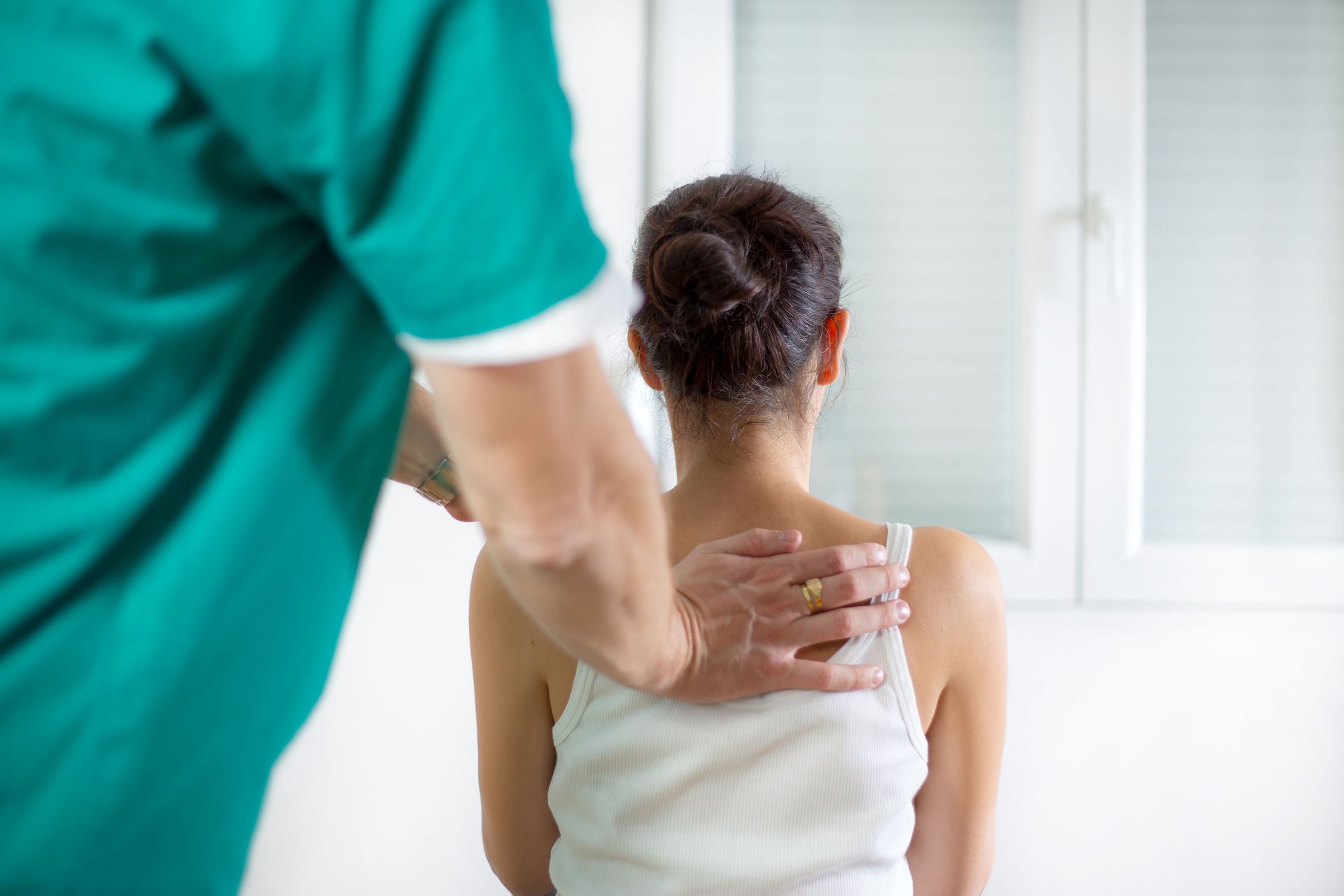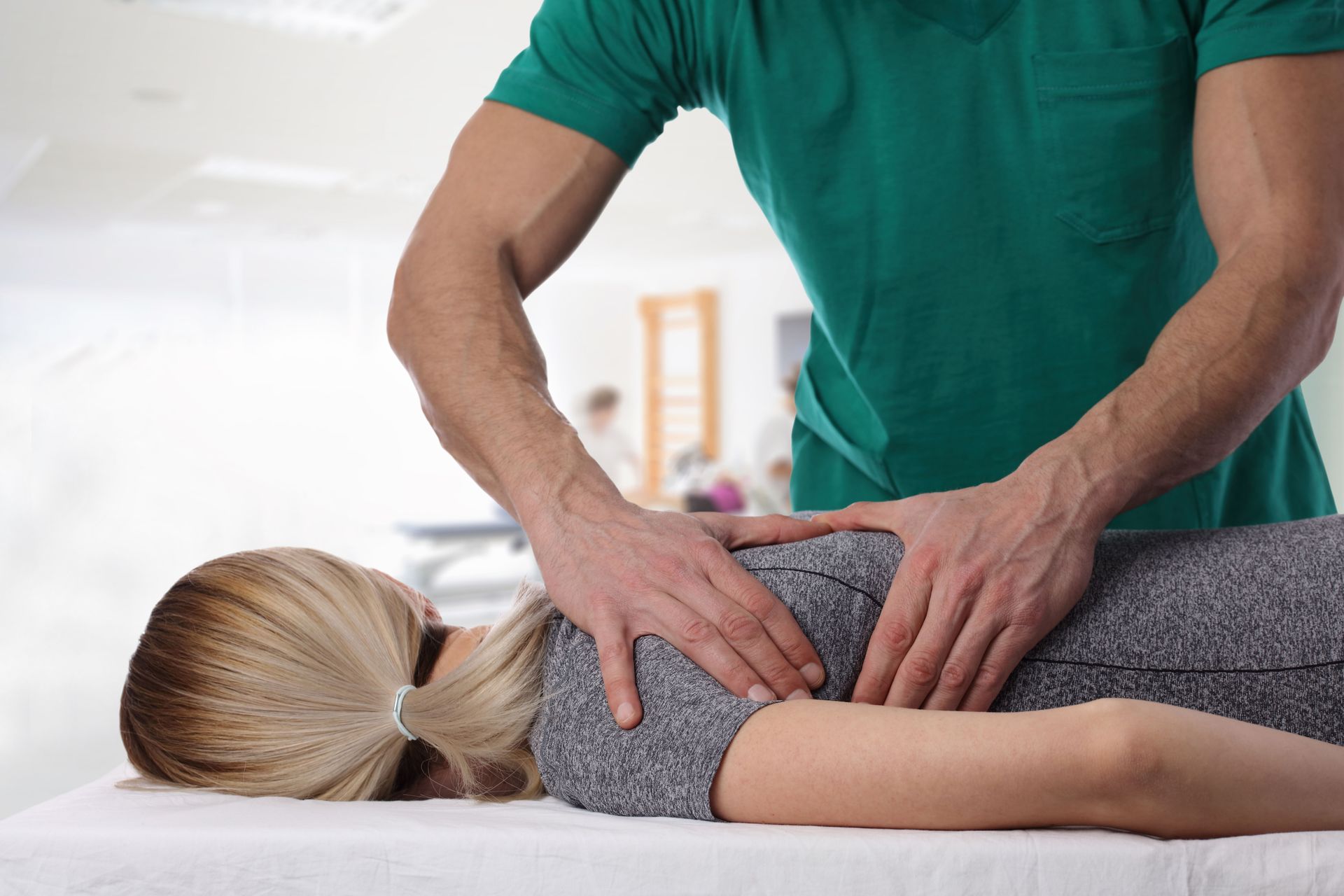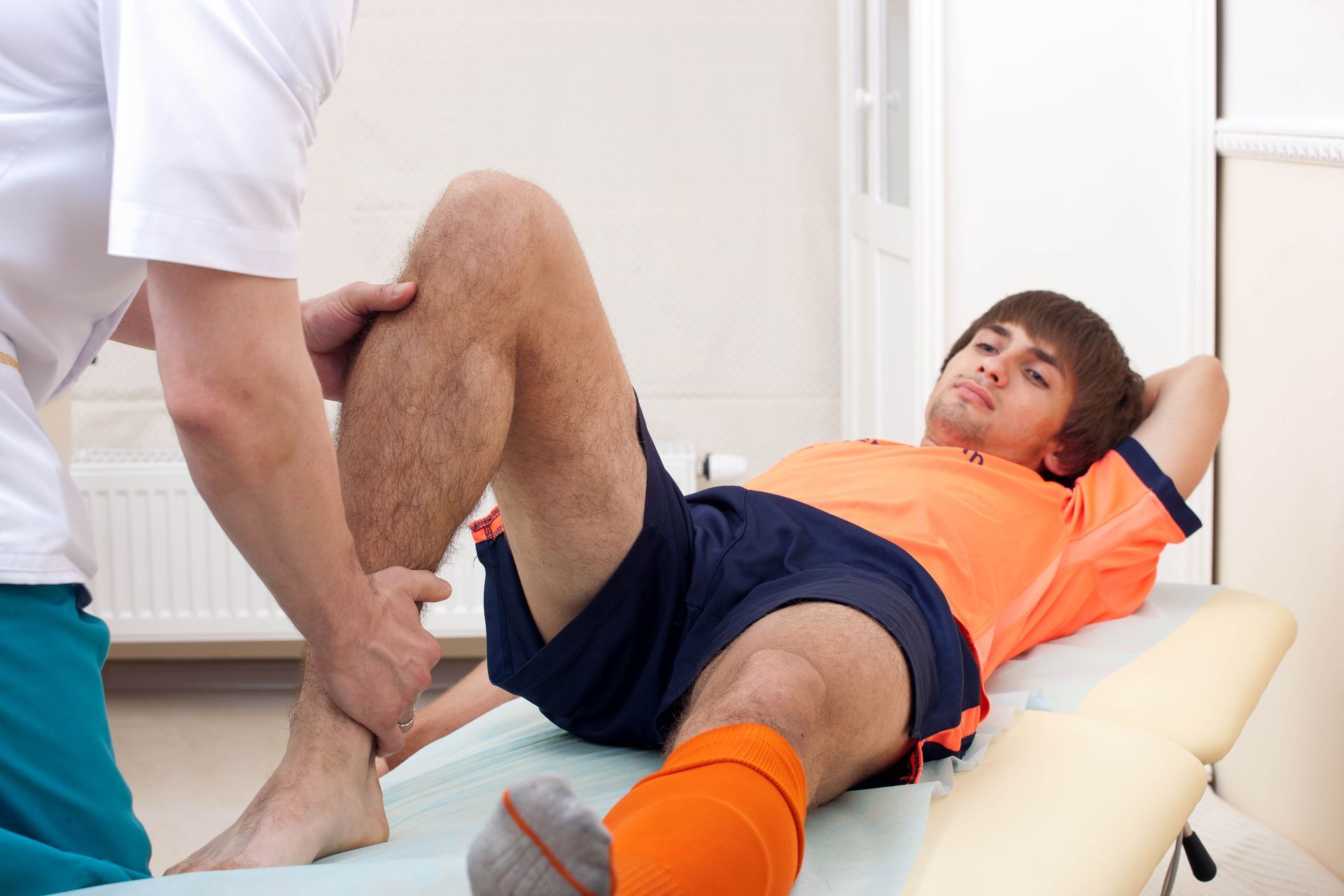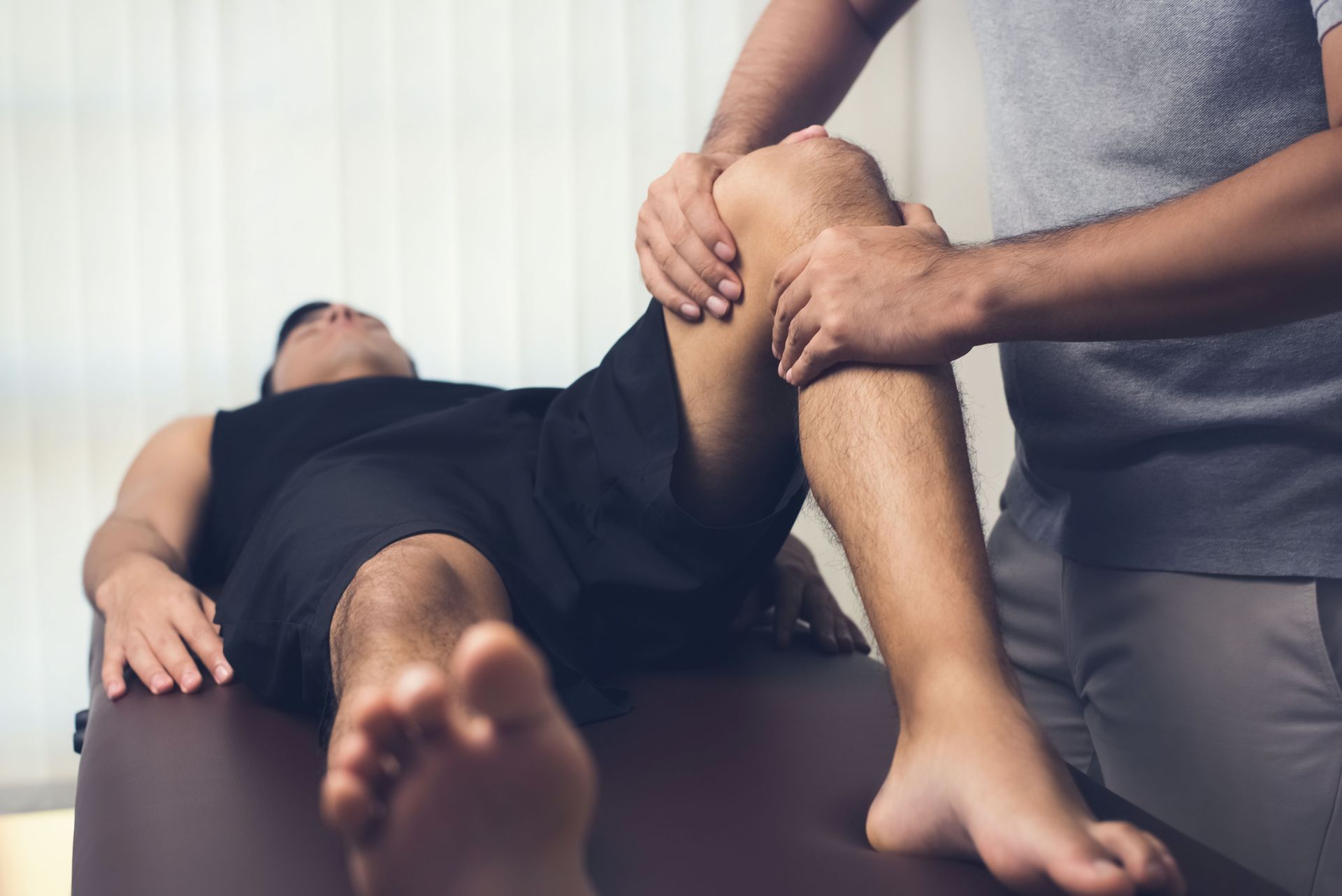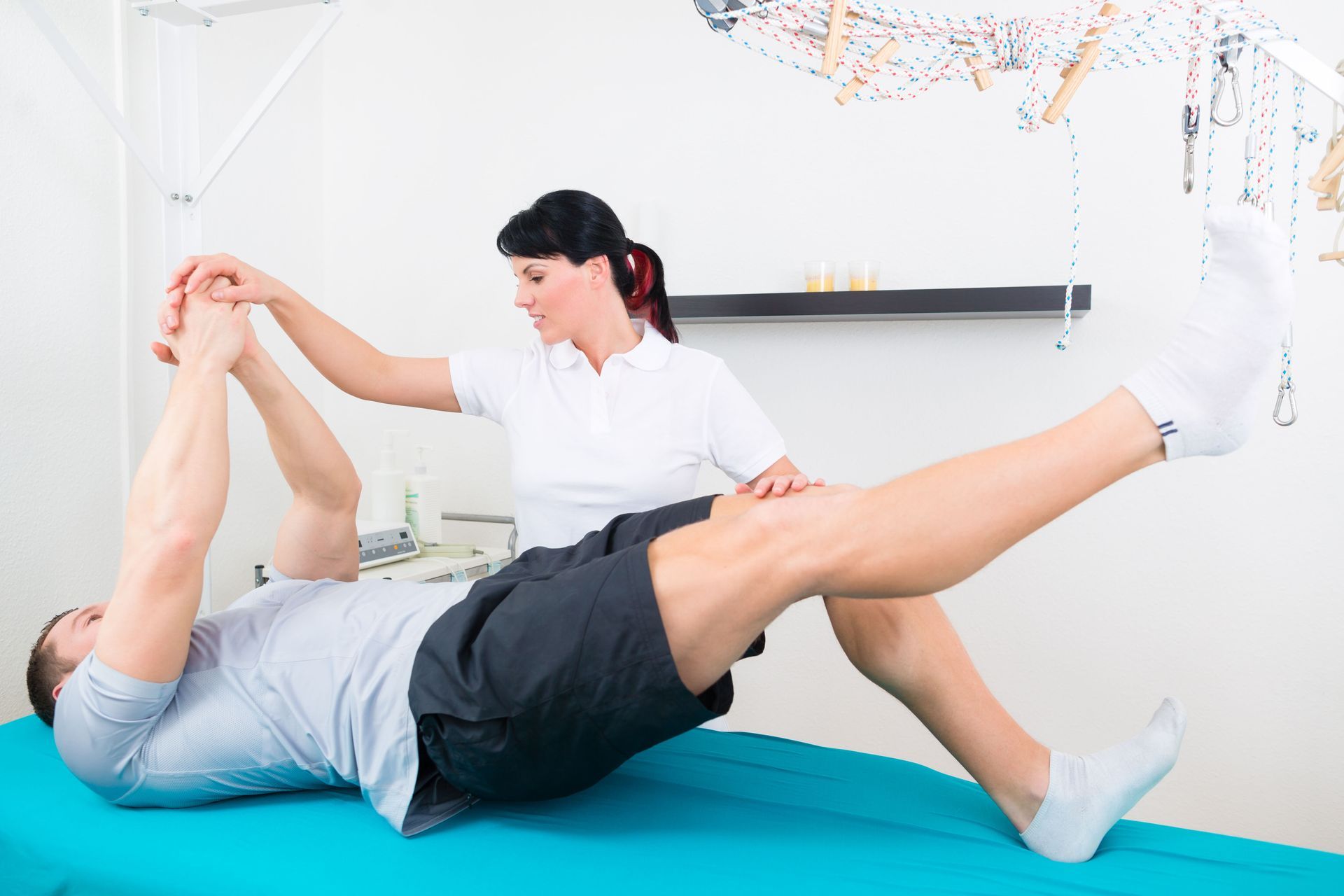5 Common Causes of Lower Back Pain
By Megan Onofray | February 4, 2025
Lower back pain is a pervasive issue affecting millions of people worldwide. It spans all ages and can significantly impact the quality of life, limiting mobility and causing discomfort. Understanding the common causes of lower back pain is crucial for prevention and effective treatment, and can help many avoid chronic issues. From poor posture to serious medical conditions, numerous factors contribute to this ailment. Let's take a closer look at some of the common causes of lower back pain so you can better address it.
1. Poor Posture
One of the most prevalent causes of lower back pain is poor posture. With the rise of sedentary lifestyles and increasing time spent in front of computers, our posture often suffers. Slouching or sitting in improper positions for extended periods can strain the muscles and ligaments in the lower back, leading to pain. It's crucial for people to pay attention to their posture and incorporate regular breaks and stretches into their routines to mitigate this issue.
Regular exercise focused on core strengthening and flexibility can also help improve posture and alleviate lower back pain. Activities such as yoga, Pilates, and swimming are excellent choices for maintaining spinal health. Furthermore, maintaining a healthy body weight reduces stress on the lower back, while consulting a physical therapist can provide personalized guidance on posture correction and movement patterns. By addressing these factors, individuals can significantly reduce the risk of developing chronic back pain linked to poor posture.
2. Muscle Strain or Sprains
Another common contributor to lower back pain is muscle strain or sprain. This often happens due to lifting heavy objects improperly, sudden movements, or even strenuous exercise without adequate preparation. Such physical exertions can overextend or tear the muscles and tendons in the back. To prevent strain and sprains, proper lifting techniques, and regular strengthening exercises that target the back muscles are highly recommended.
In addition to preventive measures, immediate care following a strain or sprain is essential for recovery. Resting the affected area, applying ice to reduce swelling, and using over-the-counter pain relievers can help manage initial discomfort. Gradually reintroducing movement and gentle stretching can also aid in the healing process. For severe or persistent pain, seeking medical attention or consulting a physical therapist may be necessary to avoid long-term complications and ensure a full recovery. Adopting these strategies can minimize downtime and support overall back health.
3. Intervertebral Disc Degeneration
This is another significant cause of lower back pain, especially among older adults. Discs in the spine can lose hydration and elasticity over time, leading to reduced padding between the vertebrae. This degeneration can cause chronic pain as the cushioning provided by the discs diminishes, often exacerbating with aging. According to the National Institute of Health, about 8.2% of adults in the U.S. experience chronic severe back pain, and disc degeneration is a principal contributor.
4. Herniated Discs and Sciatica
Conditions such as herniated discs and sciatica can also lead to intense lower back pain. A herniated disc occurs when the soft center of a spinal disc pushes through a crack in the tougher exterior casing, sometimes compressing nearby nerves. This compression can cause sharp pain, tingling, or numbness along the path of the affected nerve, commonly known as sciatica. Treatment options like physical therapy, medications, and in severe cases, surgery, can help alleviate symptoms and restore normal function.
5. Arthritis or Osteoporosis
Finally, underlying medical conditions such as arthritis or osteoporosis can contribute to lower back pain. Arthritis can cause inflammation in the joints of the lower back, leading to stiffness and discomfort. Osteoporosis weakens bones, making them more susceptible to fractures, which can occur in the vertebrae, causing pain. Managing these conditions with lifestyle modifications, medications, and medical supervision can help reduce the burden of lower back pain.
Lower back pain is a complex issue with a variety of causes, from lifestyle factors to serious medical conditions. Recognizing the specific cause is crucial for determining the appropriate treatment and preventive measures. By addressing these causes and implementing changes such as maintaining good posture, exercising regularly, and seeking medical advice when necessary, individuals can significantly alleviate their symptoms and improve their quality of life. Understanding these common contributors can empower individuals to take proactive steps in managing and preventing lower back pain with the help of experts at Onofray Physical Therapy. Call today if you have symptoms and get started with same-day scheduling!

